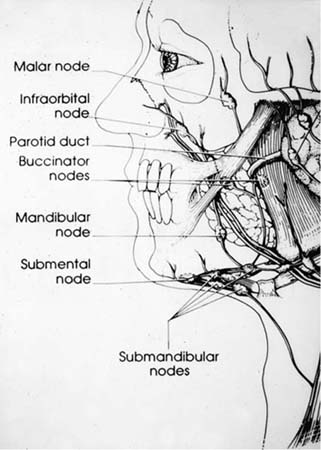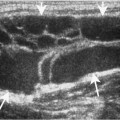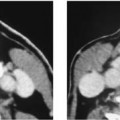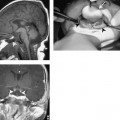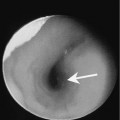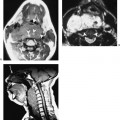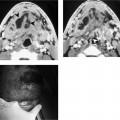Chapter 206 The facial lymph nodes were first described by Rouvière. They are an inconsistent group of lymph nodes that are located in the subcutaneous tissue along the branches of the facial vessels and lymphatic channels that drain the face (Fig. 206–1). Five groups have been described: buccinator, malar, infraorbital, retrozygomatic, and mandibular. This section describes the mandibular nodes; the buccal group is described in the buccal space section. The mandibular nodes (supramaxillary, supramandibular, inframandibular) are deep to the superficial muscles of facial expression and are situated along the external surface of the mandible adjacent to the facial artery and anterior to the masseter muscle. There may be an additional node within this group (inferior maxillary, inframaxillary node) that is located in the subcutaneous tissue near the inferior margin of the mandible. The afferent drainage is from the skin and subcutaneous tissues of the cheek, lower lip, and gingiva, along with the efferent drainage of the infraorbital and buccinator facial nodes. The efferent drainage is to the submandibular (group I) lymph nodes. Two groups of patients are at greatest risk for developing facial adenopathy. The most likely group are patients with advanced or recurrent squamous cell carcinoma that has spread extensively into the soft tissues of the face or sinonasal region. The second group is patients who are locally controlled but fail in the facial nodes. Involvement may also be seen in patients with lymphoma or melanoma.
Facial Lymph Nodes: Mandibular Group
Epidemiology
Clinical Features
Stay updated, free articles. Join our Telegram channel

Full access? Get Clinical Tree


